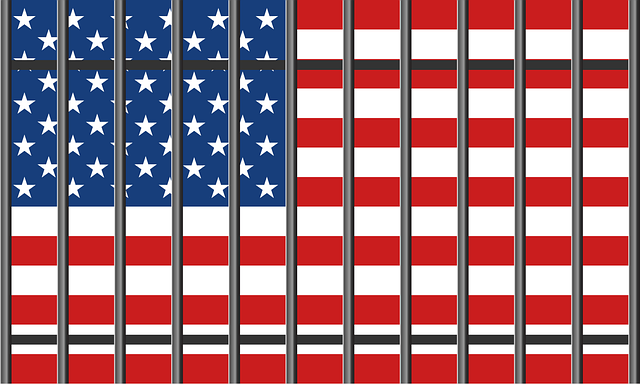Pedestrians' rights and safe streets are key community safety pillars. Enforcing these rights ensures people can move about without fear, encouraging active transportation. Alternative sentencing for DUI offenders, like community service or safe-driving programs, reduces recidivism and promotes shared responsibility for pedestrian safety. Comprehensive street design strategies that prioritize pedestrians, including reallocating road space, speed bumps, crosswalks, and well-lit pathways, create sustainable change. Integrating alternative sentencing into urban planning can reduce vehicle congestion and enhance accessibility for all, boosting physical safety and public health improvements while relieving traffic congestion.
“In every vibrant community, pedestrians’ safety is a cornerstone of overall well-being. This article delves into the vital concept of ‘Safe Streets,’ exploring how understanding and protecting pedestrians’ rights can foster a sense of security and accountability. We dissect the issue through three key lenses: establishing a foundation for community safety by clarifying pedestrians’ rights, examining innovative solutions like alternative sentencing for DUI offenders to enhance public safety, and discussing strategies for creating lasting change.”
- Understanding Pedestrians' Rights and Safe Streets: A Foundation for Community Safety
- Exploring Alternative Sentencing for DUI Offenders: Enhancing Accountability and Public Safety
- Creating Sustainable Change: Strategies for Building Safe Streets for All Users
Understanding Pedestrians' Rights and Safe Streets: A Foundation for Community Safety

Pedestrians’ rights and safe streets go hand in hand, forming a crucial foundation for community safety. Understanding and enforcing pedestrian rights ensures that individuals have the freedom to move about on foot without fear or discomfort. This includes the right to cross streets at designated crossings, the expectation of clear and consistent traffic signals, and the guarantee of visible and well-maintained crosswalks. By prioritizing pedestrians, we create an environment where everyone feels secure, encouraging active transportation and reducing reliance on motor vehicles.
In this context, implementing alternative sentencing for DUI offenders can play a significant role. Instead of solely focusing on punitive measures, courts can explore options that divert offenders from jail and emphasize community service or participation in programs that promote safe driving and pedestrian awareness. This approach not only reduces recidivism but also contributes to building safer streets, fostering a culture where respect for pedestrians’ rights is a shared responsibility.
Exploring Alternative Sentencing for DUI Offenders: Enhancing Accountability and Public Safety

Creating Sustainable Change: Strategies for Building Safe Streets for All Users

Creating sustainable change in street design and safety requires a multifaceted approach that considers all users, especially pedestrians. Strategies should include reallocating road space to prioritize non-motorized transportation, such as footpaths and bike lanes, while also implementing speed bumps, pedestrian crosswalks, and well-lit pathways. These measures not only enhance the physical safety of pedestrians but also encourage active transportation, contributing to improved public health and reduced traffic congestion.
One key element in fostering safer streets is addressing the root causes of conflicts between different user groups. For instance, Alternative Sentencing for DUI Offenders can be integrated into urban planning efforts, focusing on rehabilitation and community reintegration programs that divert offenders from traditional incarceration. By reducing the number of vehicles on the road due to alternative sentences, there can be a corresponding emphasis on making streets more welcoming and accessible for pedestrians, fostering a sense of inclusivity and safety for all members of the community.
In conclusion, ensuring safe streets is a multifaceted approach that begins with understanding pedestrians’ rights and fostering community safety. By implementing innovative strategies like alternative sentencing for DUI offenders, we can create a more accountable and secure environment. Additionally, sustainable change comes from adopting inclusive practices that prioritize the well-being of all street users. Together, these efforts weave a tapestry of security, enhancing our quality of life in today’s digital era.






